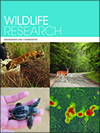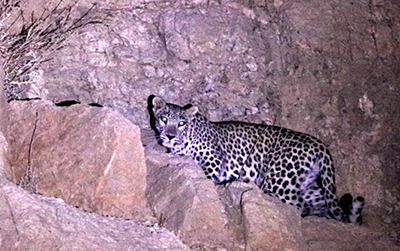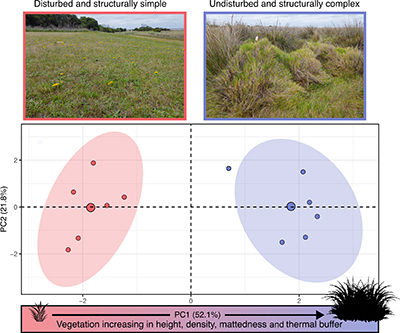The Persian leopard is an endangered species but remains widely distributed across large areas of Iran. An ensemble of eight species distribution models was developed for the species in Iran. A model including ecological predictors of occurrence predicted 2.03% (329 ha) more suitable habitat than the abiotic model. Habitat suitability for Persian leopards was higher in steeper areas, close to water resources, and near the distribution of caracals, livestock, and wild goats.. Photograph by Sadegh Poursalem.

Wildlife Research
Volume 51 Number 3 2024
Habitat loss and degradation are a major threat to the persistence of wildlife, especially for animals with specific habitat requirements. We performed population surveys on wild glossy grass skinks in southern Victoria (Australia), which revealed that this rare wetland lizard is sensitive to vegetation being disturbed by mowing or grazing. Our study highlighted the importance of protecting habitat-specialised wetland fauna in Australia and globally. Photographs by Jules Farquhar.
WR23102 Abstract | WR23102 Full Text | WR23102PDF (2.5 MB) | WR23102Supplementary Material (868 KB) Open Access Article






